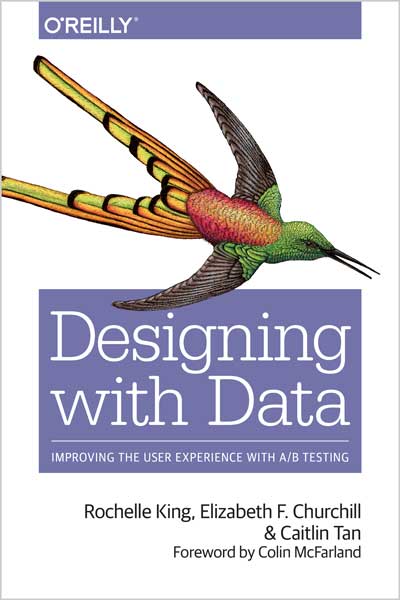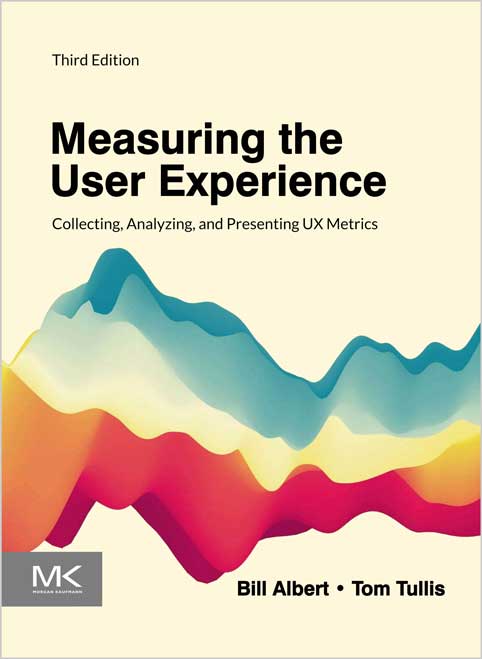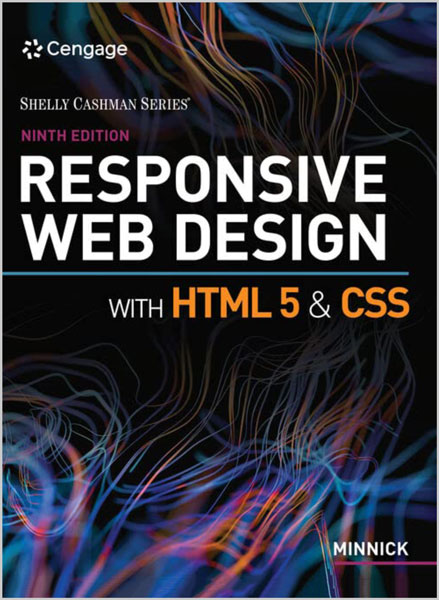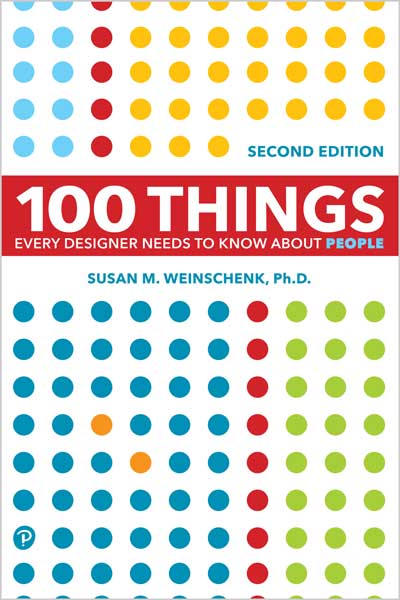Applying Psychology and Behavioral Economics
Stephen Wendel
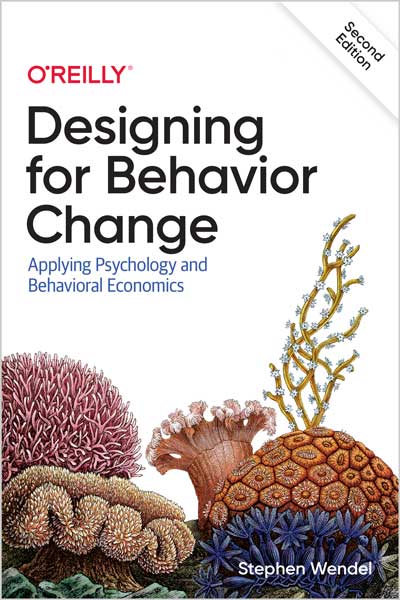
#Designer
#UX
#data_analysts
Designers and managers hope their products become essential for users—integrated into their lives like Instagram, Lyft, and others have become. Such deep integration isn’t accidental: it’s a process of careful design and iterative learning, especially for technology companies. This guide shows you how to apply behavioral science—research that supports many products—to help your users achieve their goals using your product.
In this updated edition, Stephen Wendel, head of behavioral science at Morningstar, takes you step-by-step through the process of incorporating behavioral science into product design and development. Product managers, UX and interaction designers, and data analysts will learn a simple and effective approach for identifying target users and behaviors, building the product, and gauging its effectiveness.
- • Learn the three main strategies to help people change behavior
- • Identify behaviors your target audience seeks to change—and obstacles that stand in their way
- • Develop effective designs that are enjoyable to use
- • Measure your product’s impact and learn ways to improve it
- • Combine behavioral science with data science to pinpoint problems and test potential solutions
What You Need to Know to Benefit from This Book
This book gives you enough knowledge in each of these three areas to get oriented and to start working on concrete products and communications.
It covers most of the behavioral research you’ll need to finish the products as well, but at some point along the way, you’ll need people who are experts in qualitative or quantitative data and in product design. Chapter 17 provides a detailed look at the skills required for a team that designs for behavior change, including where you can find (or develop) them.
If you are an expert in one of these areas, all the better. The book will show you how designing for behavior change builds upon and complements your existing expertise. You’ll find out how to leverage your existing skills to play a leading role in the development of behaviorally effective products and communications within your organization.
Combining Research, Data, and Product Expertise
One of the book’s recurring themes is that understanding how the mind works is not enough to build behaviorally effective products.
In addition to behavioral science research, we need two sets of skills to support the process. First, we need to plan for data analysis (both qualitative and quantitative) and for refinement and iteration based on that data. That means adding metrics to the application and conducting user research to understand individual behavior, analyzing the data, and making improvements over time based on it.
Second, we need to build products that people actually enjoy using. I know it sounds obvious, but it’s something that’s often forgotten as we build products designed to educate, motivate, or otherwise help our users.
We tend to focus on the behavior change (and how important it is) and forget the fact that people still have to choose to use our products. Users avoid boring, frustrating, ugly applications, so we should remember the lessons of good product design, from identifying user needs and frustrations to designing an intuitive, beautiful user interface.
When you bring these raw ingredients together—behavioral research, product design or marketing expertise, and data analysis—you have what’s needed to design for behavior change.
About the Author
Stephen is a behavioral scientist who studies financial behavior and how digital products can help individuals manage their money more effectively. He serves as Head of Behavioral Science at Morningstar, where he leads a team of behavioral scientists and practitioners to conduct original research on saving and investment behavior.
Dr. Wendel has authored two books on applied behavioral science, Designing for Behavior Change and Improving Employee Benefits, and founded the non-profit Action Design Network, educating the public on how to apply behavioral research to product development with monthly events in ten cities.
Prior to joining Morningstar, he served as the Principal Scientist at HelloWallet, where he helped build an engaging product for users take control over their finances. The impetus for this book comes from the challenges he and the rest of the HelloWallet team faced along the way, as they learned to apply the behavioral literature to consumer products and consulted with companies similarly searching for effective ways to enable behavior change. Before HelloWallet, he co-founded two IT companies, and conducted research on the dynamics of political behavior.

